Found an appropriate video card, but followed by some problems
Saturday, September 23, 2017, 08:30 PM
Posted by Administrator
I found a Vesa Local Bus Card - a Miro Crystal 10SD, but it was not working.
After a deeper inspection of the card itself, I found something missing on it - a capacitor. So I added a new one, and the card worked again.

But it didn't worked in all 3 VLB slots, just in 2 of them - strange.
Also, I recognized my 486DX4-100 was slower than expected. So after some successless tries with other jumper, I was also asked for memory benchmarks, because I expected "fake cache" problems. The benchmark software SPEEDSYS 4.78 (DOS, originally from
http://user.rol.ru/~dxover/speedsys, but disappeared since a few years, can be found now also >
here<) helped a lot, because it was possible to see the cache had still an effect, but not much.

Last but not least I was able to blame the TURBO SWITCH for the slow function. After reseating the switch connector, problems were gone (see second benchmark picture).
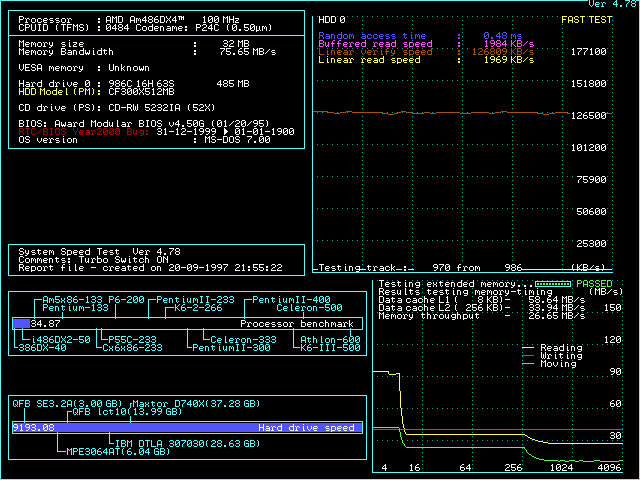
My very first problem, even before the DirectX setup told me, that the video card had no usable drivers (because of using Windows 3.1 driver), was related with the harddisk, or more in detail, with the CompactFlash card, I tried to use with the IDE controller and the CF Card adapter.
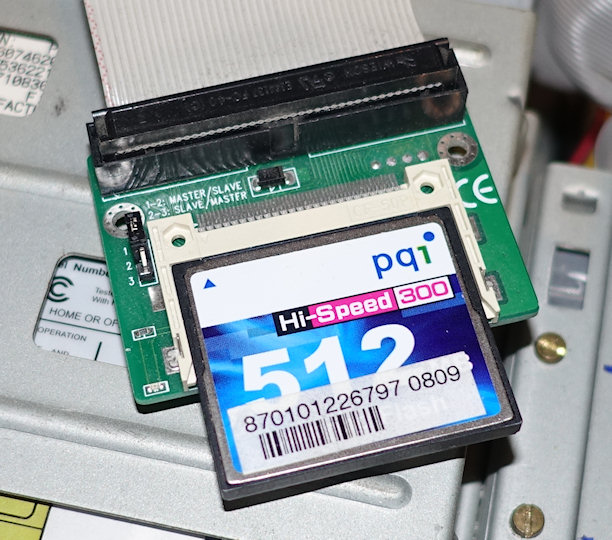
I was able to create a partition and also to format it, but it wasn't bootable. But after using FDISK /MBR, it worked - I thought using FDISK for creating the partition will be enough, but no, the master boot record has to be "fixed" additionally.
The "related link" points to the wikipedia entry for VLB. Interesting facts there.










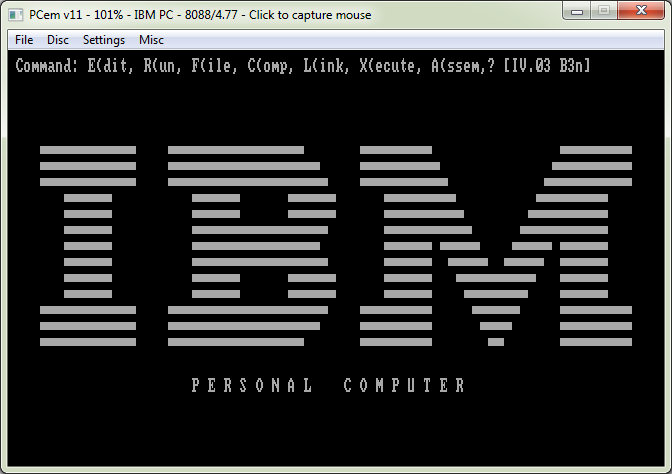
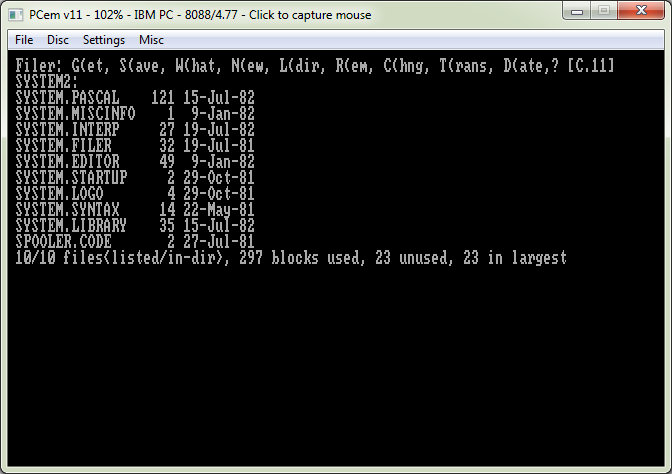
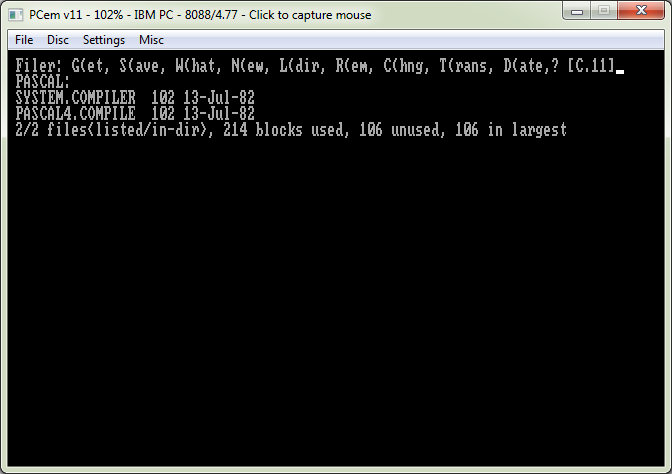
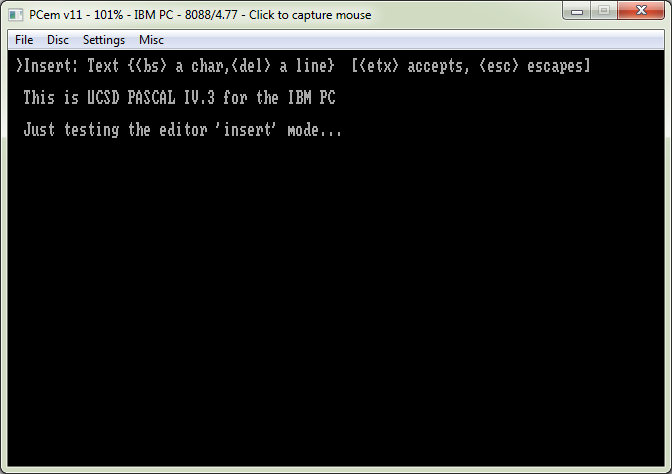
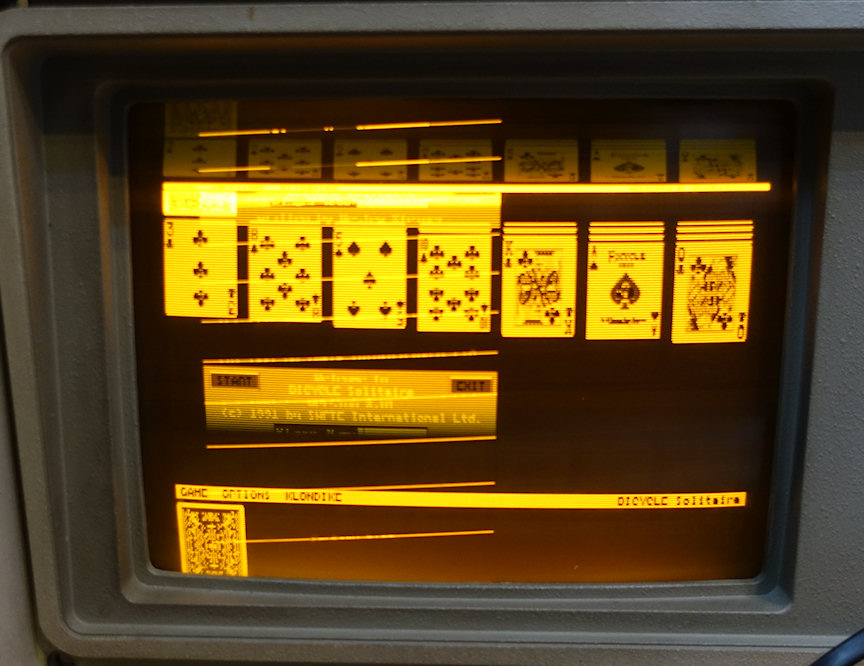

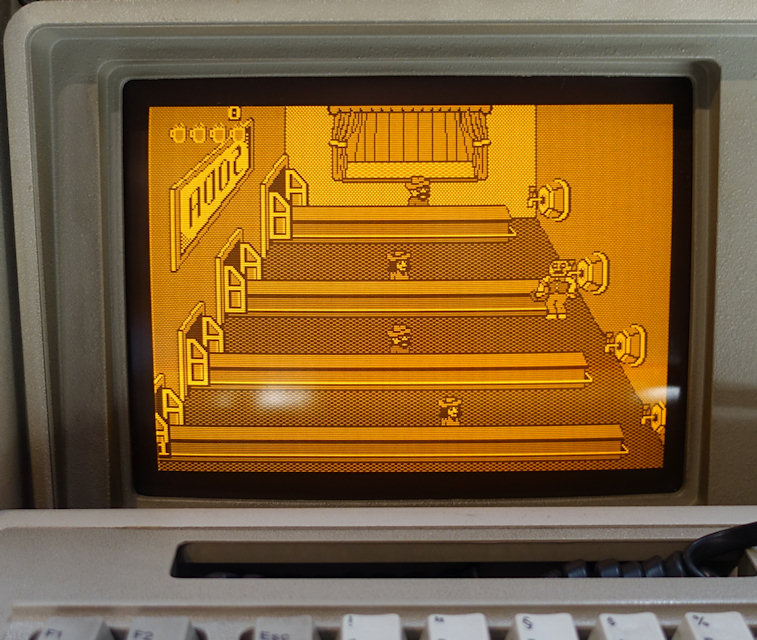
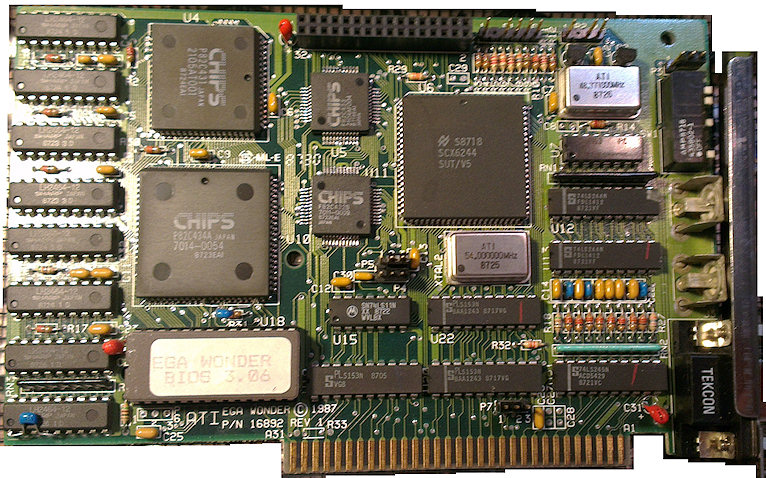


 Random Entry
Random Entry




